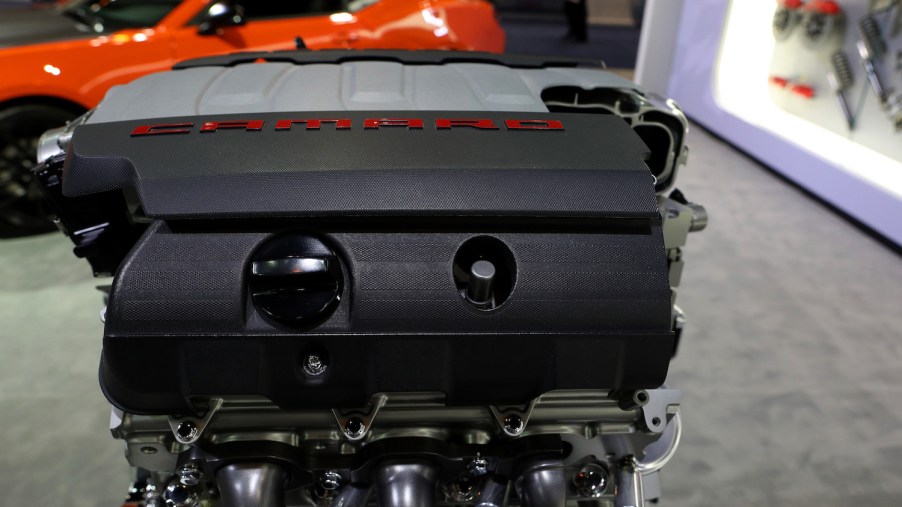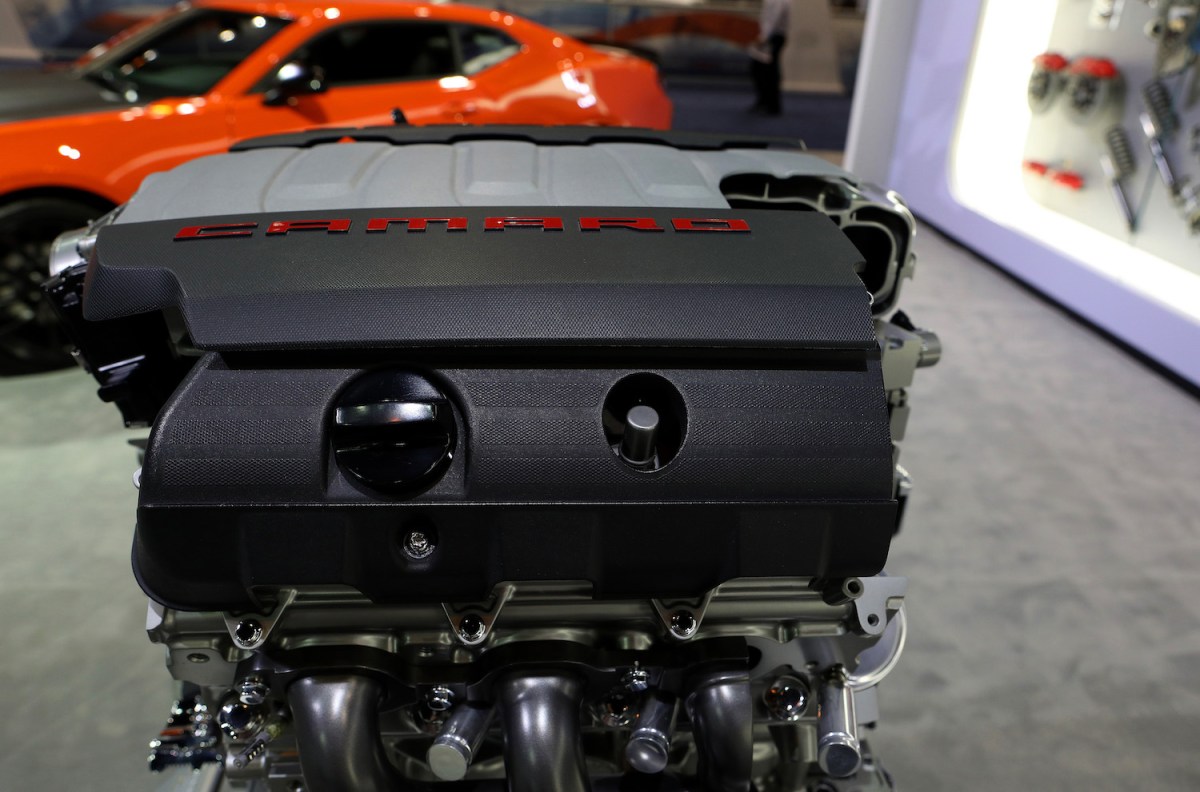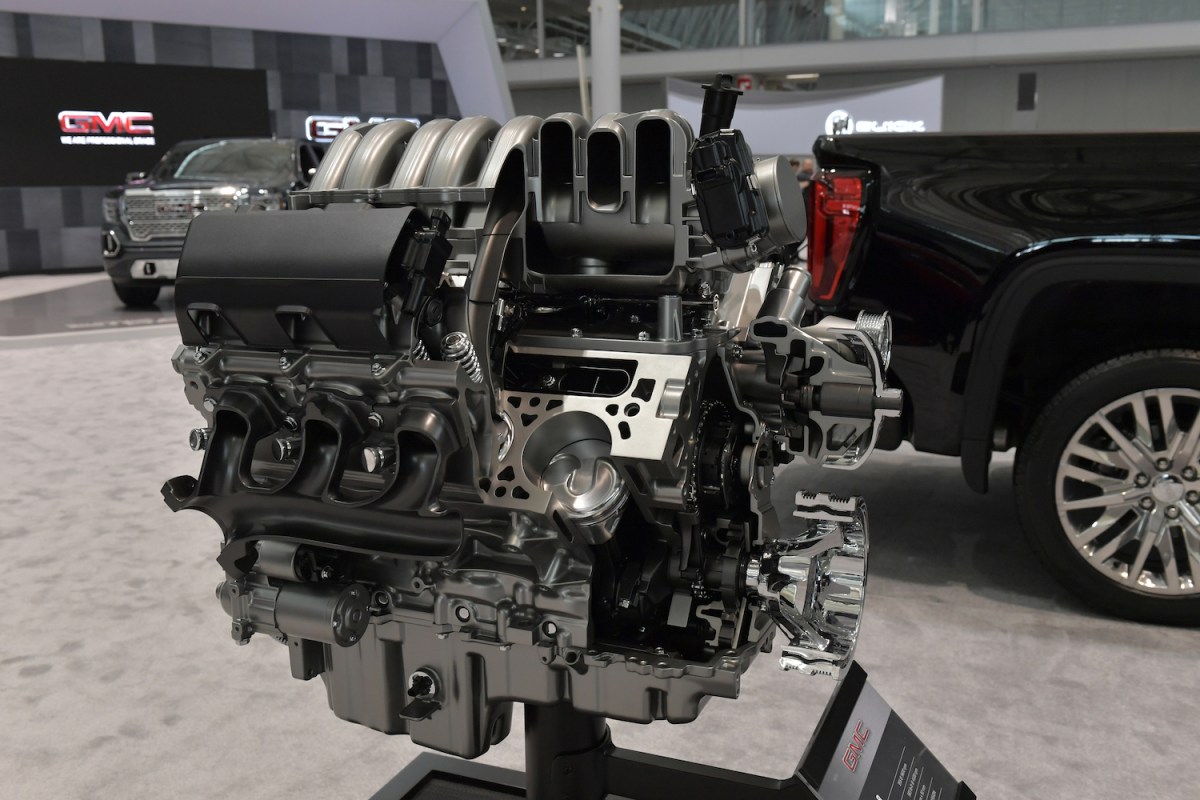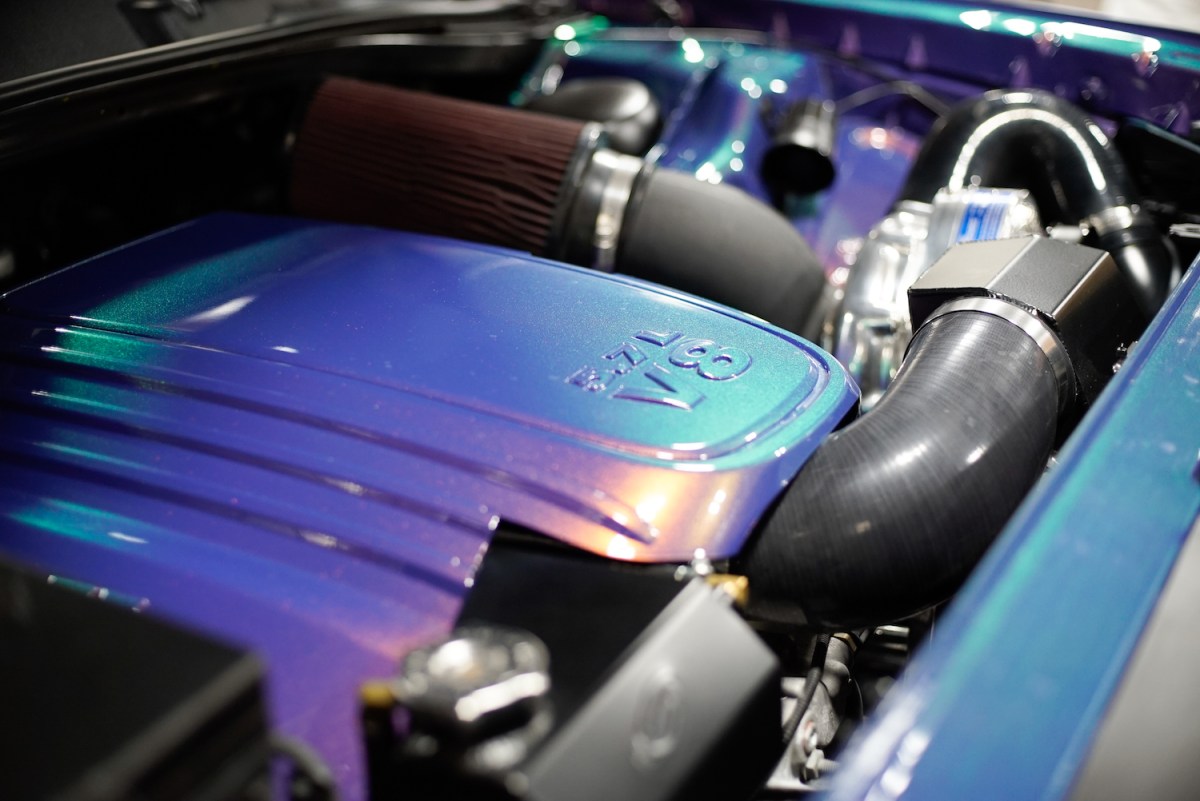
You Won’t Regret Using a Modern Small Block V8 for Your Restomod
Restoring a muscle car usually means dropping a big block V8 under the hood, but don’t feel confined to those shackles. Small block V8s have come a long way, and even companies like Ford and Chevy build small block crate engines with plenty of power.
Small-block means lightweight

Small block V8s are lighter than big blocks, obviously, because they’re made of less physical material. Modern small blocks, especially ones like Ford’s ultra-reliable Coyote, are even more lightweight. Ford’s 302 Windsor was used from 1962 until 2002, and it used an iron block with cast-iron cylinder heads. This allowed it to break the scales at 450 pounds.
It’s a lot of weight to put on the front of the car when it’s coupled with brakes and suspension. Granted, the Coyote isn’t far behind at 445 pounds, but it’s all relative. The Windsor 302 never made more than 225 horsepower, which was in the 1992 Ford Mustang GT, whereas the Coyote makes 460 horsepower.
All this is moot until the small block is compared against the big blocks. A Chrysler 440 from 1972, at its peak power output of 335 horsepower (gross), and weighed 670 pounds. That was with three two-barrel carburetors. The 426 Hemi weighed 765 pounds and made 426 horsepower (gross). Modern small-block V8s are more efficient at making power than old-school big blocks.
The gravity advantage

Small block V8s, in addition to being lighter, are smaller. They can be mounted against the firewall, thus shifting most of the weight toward the center of the car. It’s not hard to give a muscle car all the power it can handle. What does matter, is how it handles that power.
Shifting as much weight as possible to the center of the car earns more neutral handling characteristics. A small block engine is shorter than a big block and will sit lower, thus lowering the center of gravity toward the middle of the car. With the center of gravity as the mid-point between the two axles, all four tires can use maximum grip through a corner.
Small-block V8s still get plenty of power
Muscle cars tend to be pretty heavy, so a big block engine’s power is hard to refute. However, modern small blocks can achieve big block power. Just intake and exhaust get the Coyote V8 above 500 horsepower. Ford makes supercharging kits for the Coyote as well, which puts it above 600 horsepower.
It all depends on how much power you’re after. If you want 1,000 horsepower then a big block is a good direction to take, although even a small-block can achieve that same power. However, if all you need is 5-600 horsepower, a small block can get the job done easily. Just look at the 6.2-liter supercharged V8 from Chevy, which makes 650 horsepower.
Small-block V8s are versatile

A muscle car doesn’t need a big block V8 to go fast. In some cases and some comparisons, it may even hurt the cause. A smaller engine that makes decent power is a better choice. It’s more flexible as to where in the car it can mount, is lighter, and can make the same if not more power, depending on when the engine was made.
Chevy’s 5.7-liter LS1 is aluminum and lighter than some iron-block inline-fours, and they were put in many cars so they are easy to find. Just pick a number of how much horsepower you want in your beast, and then go from there to decide if you need a small block or a big block.


